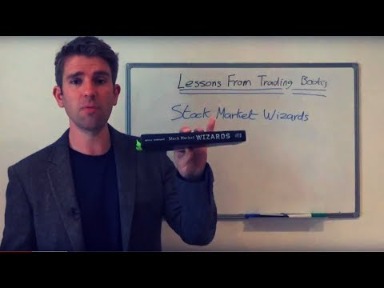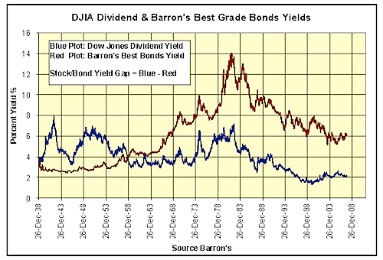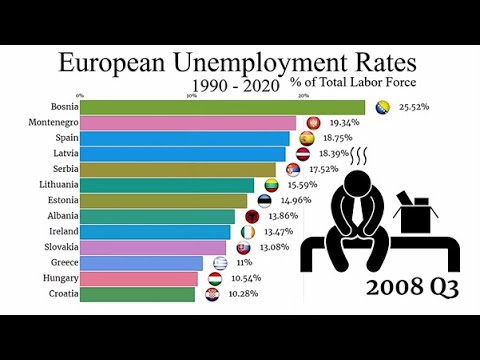
Bearish Hammer Candle

It shows that the buyers overpowered the sellers in a particular trading period. In other words, the buying pressure controlled the asset’s final price action during a specific duration. The longer a hammer’s lower wick, the more the activity concerning an asset. Another way you can use bearish candlestick patterns to buy/sell stocks is to use these as sell signals. In other words, if you have been long in a position and you see a bearish candlestick pattern, you might know that it is now time for a reversal. This can give you confidence to some of your profits before the reversal.

Let’s look at some examples of the types of indecision candle patterns you might run into while trading. Bullish patterns can be identified by the appearance of bullish candlesticks. Ideally, you can detect the bullish trend using other indicators also.

To conclude, hammer and inverted hammer patterns are both bullish reversal candlesticks that reside at downtrend ends. They signal that the force of sellers, which have been dominating, is weakening at their formation. Consequently, both hammer and inverted hammer candles indicate an upcoming reversal and a probable change in the trend direction in different markets as well in CFD trading. They are often considered signals for a reversal pattern. In timeframes below H4, you often see a lot of hammer candlesticks because it does not take much price activity to create them. E.g., a Forex hammer pattern on a 5-minute chart might only have a 10-pip range.
This https://en.forexbrokerslist.site/ was concluded with a bullish hammer candle, and price has subsequently rallied a total of 792 pips through today’s price action. A bullish hammer is a single candle found within a price chart indicating a bullish reversal. It differs from other candlestick patterns due to its single candle hinting at a turn during an established downtrend. What does the appearance of the hammer candlestick pattern on the chart indicate?
Understanding Hammer Candlesticks
At a minimum, I always want a hammer candle to be as big as the recent candles on the chart if I am going to use it as an entry or exit signal in my trading. To switch gears on this pattern, let’s examine a continuation pattern with a bearish Harami pattern. The peculiar nature of this example is that it isn’t actually “bearish” for the overall trend. The name simply implies that there is a bearish/red Harami doji candle inside a bullish candle.
Other factors like other market participants, trading psychology and emotions, trading size and volume combine to influence the price of a security. The candlestick pattern has smaller candlesticks suggesting that sellers and buyers are struggling for control. But the overall outlook indicates an uptrend, as shown by the appearance of a decisive larger bullish candle. This movement confirms that sellers did not have enough strength to reverse the uptrend, and it may be a good time to consider entering long positions. The appearance of the doji after the first bearish candle indicates indecision between buyers and sellers.
- Besides, when lower and closing prices are nearly equal, a bearish Inverted Hammer pattern shapes.
- Occasionally the market gifts us with a nice double top failure in an overall downtrend.
- A price reversal means the weakening of some market participants and the strengthening of others.
- This is a strategy based on the formation of one candle with a short body and a long lower wick, which can radically change the situation in the market.
- Some may wait for the close of that candle to confirm, others are willing to enter early and risk above the Spinning Top.
Although it is most recognized as a bullish reversal candlestick pattern, the bullish hammer candle is either a trend reversal or continuation pattern. Therefore, it largely depends on the candle’s location on candlestick charts. Because the hammer formation is always bullish whether the color is red or green. Yet, they were not capable to carry the price back up to the open one during the exchanging timeframe. In short, both green and red hammer candlestick structures provide CFD traders with bullish signs. However, they should not be utilized in isolation in the technical analysis framework.
Reversal candlestick patterns
The https://topforexnews.org/s that have above-average volume, long lower shadows, and are followed by a selling day have the best chance of resulting in the price moving lower. Therefore, it follows that these are ideal patterns to use as a basis for trading. The hanging man is a type of candlestick pattern and refers to the candle’s shape and appearance, representing a potential reversal in an uptrend. The unique three river is a candlestick pattern composed of three specific candles, and it may lead to a bullish reversal or a bearish continuation.
The bullish hammer candles include the hammer and inverted hammer, which appear after a downtrend. The bearish variations of hammer candles include the hanging man and the shooting star, which occur after an uptrend. The hanging man and thehammerare both candlestick patterns that indicate trend reversal. The only difference between the two is the nature of the trend in which they appear.
The Morning Doji Star
Since the hanging man hints at a https://forex-trend.net/ drop, the signal should be confirmed by a price drop the next day. That may come by way of a gap lower or the price simply moving down the next day . According to Bulkowski, such occurrences foreshadow a further pricing reversal up to 70% of the time. Short Line Candles – also known as ‘short candles’ – are candles on a candlestick chart that have a short real body. On its own, the hammer signal provides little guidance as to where you should set your take-profit order. As you strategize on a potential exit point, you may want to look for other resistance levels such as nearby swing lows.
You will improve your candlestick analysis skills and be able to apply them in trading. As noted above, a hammer appears in a downtrend, i.e., when the price of an asset is falling. Dark Cloud Cover is the opposite of a bullish reversal pattern called Piercing Line.

They reflect either a pause in price action, or a temporary stalemate between bulls and bears. In the right context, these patterns often lead to trend reversals. Before starting any trade, the candlestick chart is essential to a crypto trader’s research. There are many types of candlestick charts, including the hammer candlestick.
The Hammer helps traders visualize where support and demand are located. After a downtrend, the Hammer can signal to traders that the downtrend could be over and that short positions could potentially be covered. If you highlight them all on a chart, you will find that most are poor predictors of a price move lower. Look for increased volume, a sell-off the next day, and longer, lower shadows and the pattern becomes more reliable.
Bullish harami
The USCrude hourly chart shows a profitable situation involving the hanging man pattern. The breakout of the lower border of the ascending channel served as an additional signal to open short trades. In simple terms, a reversal is a price direction change of an asset.
Stops can be placed below the zone of support while targets can coincide with recent levels of resistance – provided a positive risk to reward ratio is maintained. The signal quickly appeared, and after an hour and a half, the trade ended with a closing price of 94.36 with a profit of $4.14. This pattern is most often used in conservative strategies due to its importance on price charts. The close at the highs can be misleading in that the selling pressure is mostly overcome as it rallies.
Hanging Candle vs Hammer
Each pattern that appeared on the chart warned traders that the trend was ending and bearish resistance was hindering growth. Therefore, in these cases, it is important to exit the purchase and wait for confirmation of the reversal. The hammer and hanging man candlesticks are similar in appearance, and both patterns signal trend reversals.
These appear after bullish trends and indicate a potential reversal to the downside. Typically, yes, the Hammer candlestick formation is viewed as a bullish reversal candlestick pattern that mainly occurs at the bottom of downtrends. The hammer candlestick’s strength as a bullish reversal indicator is also increased with the length of the lower candlestick shadow. It is because a longer lower shadow is interpreted as showing a more forceful and definitive rejection of lower prices. The hammer candlestick occurs when sellers enter the market during a price decline. By the time of market close, buyers absorb selling pressure and push the market price near the opening price.